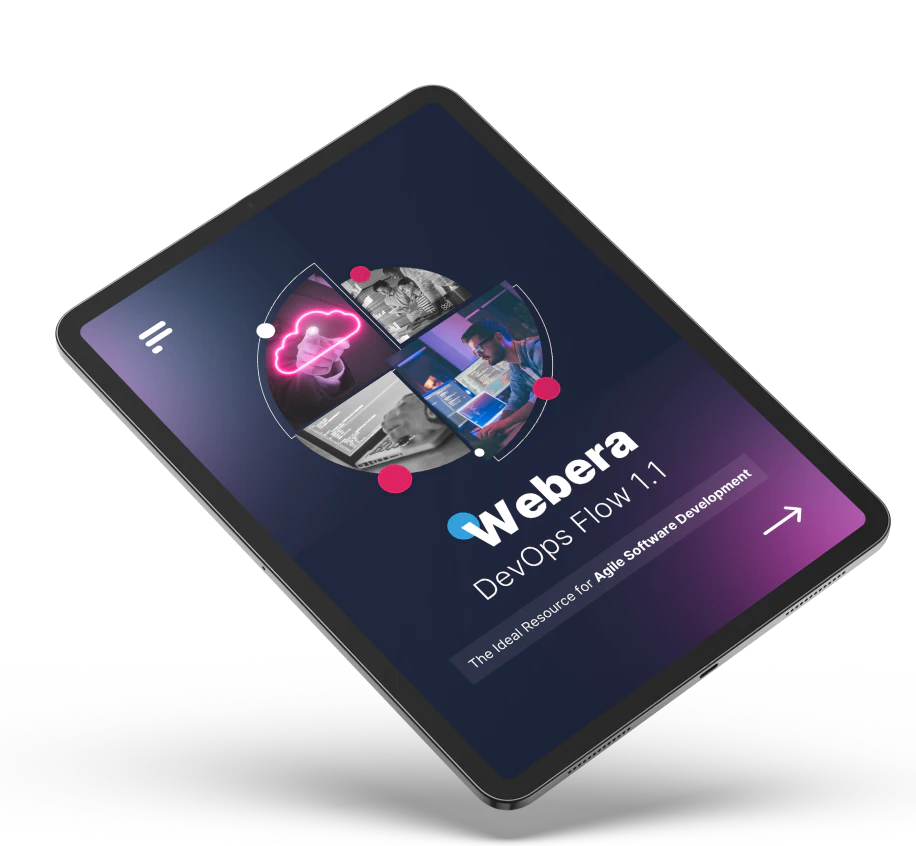By Joel Zamboni, CEO & Founder, Webera
At Webera, building AI agents for businesses has revealed a fascinating limitation: AI systems never think unless prompted. No matter how sophisticated, every LLM waits for input before “thinking.” They lack the continuous mental activity that drives human creativity and adaptation.
Today, we’re open-sourcing InnerLoop - our experimental architecture exploring how to give AI systems autonomous thinking capabilities.
The Research Question
What if AI could think for itself? Not consciousness - something more practical: autonomous initiative.
Current language models are sophisticated but fundamentally reactive. They’re like brilliant consultants who never speak unless asked a direct question and never have independent thoughts between meetings.
This limits their potential as business partners. They can execute tasks expertly but won’t proactively suggest improvements, notice emerging patterns, or adapt strategies without explicit direction.
Our Experimental Approach: Three-Agent Architecture
InnerLoop explores a tri-agent system that simulates aspects of human internal cognition:
The Experiencer Agent
The primary decision-maker that processes information and interacts externally - the “conscious” interface of the system.
The Stream Generator
Continuously produces contextual thoughts, associations, and ideas in the background - similar to human mental chatter.
The Attention Director
Filters and prioritizes which external inputs or internal thoughts deserve the Experiencer’s attention.
All three agents share the same identity and memory but serve distinct cognitive functions. Early results show the system can generate spontaneous insights, make unprompted observations, and maintain continuous background processing.
Current Capabilities and Limitations
What we’ve achieved:
- Autonomous thought generation every ~20 seconds
- Contextual associations and memory recalls
- Priority-based attention filtering
- Spontaneous comments and questions
Current limitations:
- Early proof-of-concept stage
- Thought quality varies significantly
- No long-term learning or adaptation yet
- Limited business application validation
What we’re exploring:
- How to measure genuine “initiative” vs. sophisticated pattern matching
- Optimal balance between randomness and relevance in thought generation
- Integration of autonomous thinking with practical business tasks
Technical Foundation
Our implementation uses accessible, open-source tools:
- Ollama with Gemma/Llama models for local development
- ChromaDB for shared memory and semantic search
- Pure Python asyncio for agent coordination
- Configurable prompts stored as markdown files
This makes the research reproducible and cost-effective for experimentation.
Why Open Source This Research?
We believe breakthrough AI architectures should be explored collaboratively. InnerLoop raises fascinating questions:
- Can we create AI that genuinely takes initiative rather than just responding cleverly?
- What does “autonomous thinking” actually mean in an AI context?
- How do we measure and validate genuine agency?
By open-sourcing our early work, we invite the research community to experiment, critique, and build upon these ideas.
Research Roadmap
Phase 1 (Current): Basic autonomous thinking loops
- ✅ Three-agent coordination working
- ✅ Spontaneous thought generation
- 🔄 Improving thought relevance and quality
Phase 2: Enhanced integration and learning
- Memory consolidation mechanisms
- Better attention and priority algorithms
- Long-term behavior adaptation
Phase 3: Practical applications
- Business task integration
- Goal formation and pursuit
- Multi-agent collaboration patterns
Join Our Research
InnerLoop represents early exploration into AI autonomy. We’re not claiming to have solved AI agency - we’re investigating what it might look like.
For researchers: The codebase provides a foundation for experimenting with multi-agent autonomous systems.
For businesses: While not ready for production, InnerLoop demonstrates potential future capabilities worth tracking.
For the curious: Watch as we explore whether AI can develop genuine initiative.
Explore the research: GitHub repository
Follow progress: Research updates and experimental results
Contribute: We welcome ideas, implementations, and critiques
InnerLoop is developed by Webera as part of our commitment to advancing AI research alongside practical business applications. Founded by Joel Zamboni, Webera explores cutting-edge AI architectures while serving enterprise clients.
Contact: hello@webera.com | Learn more: webera.com


